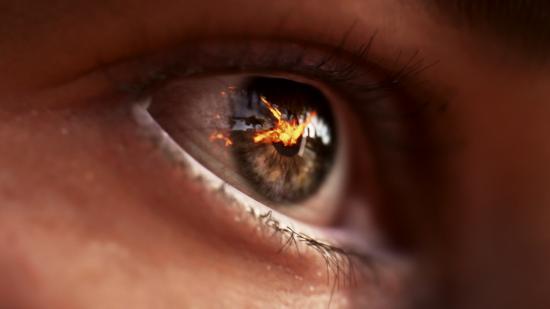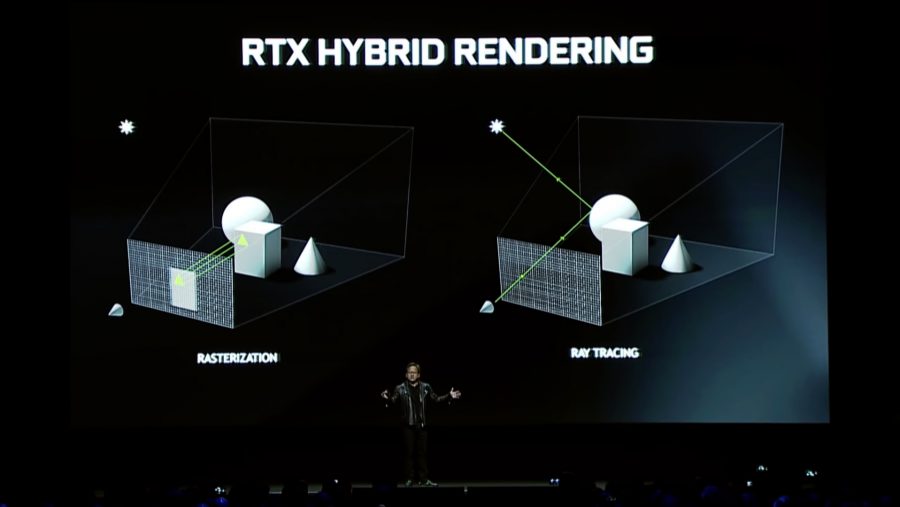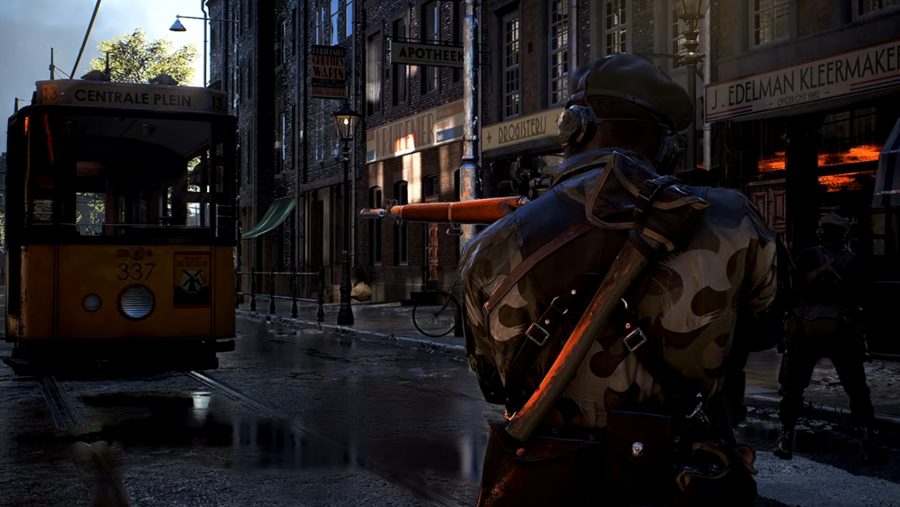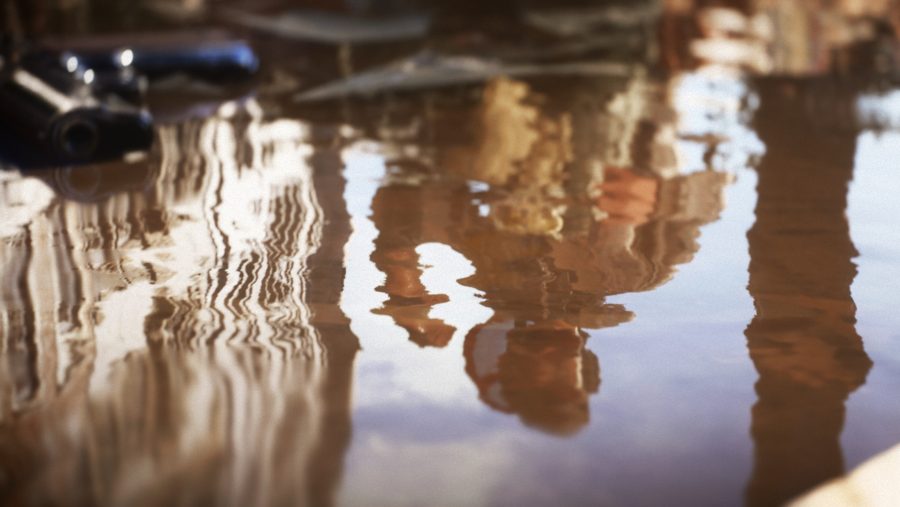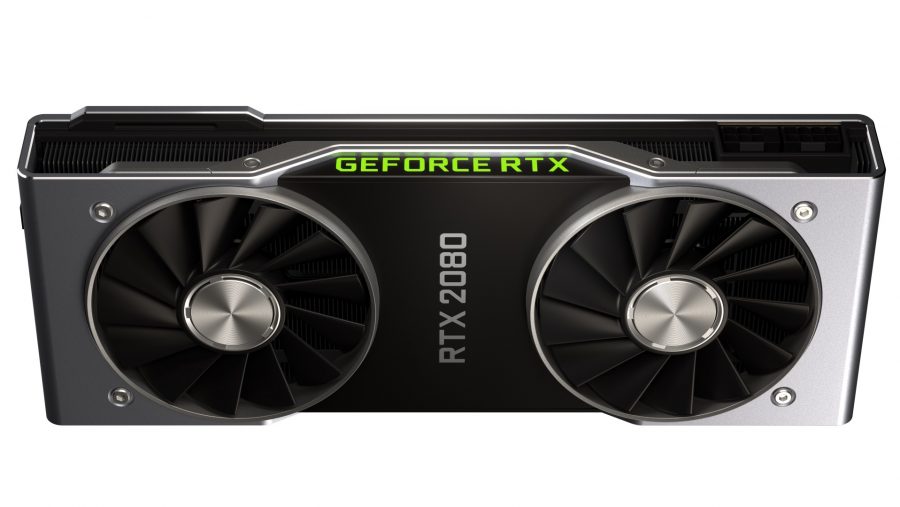Real-time ray tracing has been the holy grail of the PC graphics industry for as long as I’ve been alive. And, despite my youthful good looks, I’m actually an increasingly decrepit old man. The seminal 1979 Turner Whitted paper, “Multi-bounce Recursive Ray Tracing” kicked it all off and, after many years of brain-aching research, false starts, and architectural developments Nvidia has created an immensely powerful slice of silicon which is finally capable of dealing with the demands of real-time ray tracing, the Turing GPU.
But Nvidia needs some more big brains to get that sexy new RTX 20-series hardware working to actually realise that holy grail in a shipping PC game… and that’s where DICE comes in. DICE is not going to be the first out of the door with an RTX-powered game that’s utilising the ray tracing power of the Turing GPUs, but with Battlefield 5 it’s probably going to be the most immediately impressive.
We’ve played through the new Rotterdam map, using a $1,200 Nvidia RTX 2080 Ti and, while it is limited to 1080p in the early alpha stage, it’s still an incredibly impressive first stab at real-time ray tracing in a game that’s actually going to ship this year.
And considering DICE has only had an incredibly short time to get the entire game ready to roll with ray traced reflections for its October launch, that’s doubly impressive. We’re talking about continually tracking literally billions of rays per second bouncing around the gameworld, no longer giving the illusion of light interacting with the eye, but actually simulating light hitting your retina.
“It’s been really fun,” DICE technical director, Christian Holmquist told me, “but it’s also been a lot of work, because the entire game has to work and we have all this content.
“It was a big surprise when the project started, normally when engaging with new hardware technologies we’d want more time than we’ve had this time around. Then again, it’s not an entire platform change, it’s still PC / DX12. And as Nvidia said, it’s just another tool in the toolbox.”
Given the scale of the challenge that getting a new, never-before-seen game technology into a title the size of Battlefield 5 represents, it’s not surprising DICE would’ve wanted more time. But in the end its PC developers have only had a little over eight months.
“We started working on very early drivers,” says Holmquist, “and not on real hardware, at the end of last year.”
Considering that DICE has assured us the real-time ray tracing RTX build is going to come with the inevitable day 0 Battlefield 5 PC patch, that’s rather stunning. What’s also stunning is the visual fidelity the team has managed to imbue its game levels with. The reflection distance is huge – explosions painted on the extreme edges of the battlefield still appear in every shiny surface on the map.
And it’s not only the shiniest of surfaces that deliver ray traced reflections, practically all the materials in the game have some level of reflected light, from the puddles on the street to the rough wooden stock of your rifle.
“It has been quite a few of those amazing moments,” he tells me, “where we were like ‘wow, we’ve got this to work!’ The first time where we got the materials resolved in the reflections instead of just having the geometry, we actually saw the real colours. And then the light came in, and then when the reflections of the particles came in.
“So there were those stages of ‘wow, we never had reflections at all and then hey, we’re ray tracing!”
In creating the ray traced gamewold DICE hasn’t had to make that many actual changes to the existing assets already created for Battlefield 5, which is likely one of the reasons that it has been able to get the game running so well in such a short time.
There are some tweaks Holmquist wants to make to the standard windows. I was talking about how I liked the fact you could almost hide behind a glass window in a two or three storey building, and a soldier on the ground wouldn’t be able to see past the reflection because of the angle and the Fresnel effect.
But that’s too much reflection for DICE. The devs are more than happy with how the glass on the vehicles looks, but the buildings are a bit too much, so that’s likely to get dialled back for the game’s release.
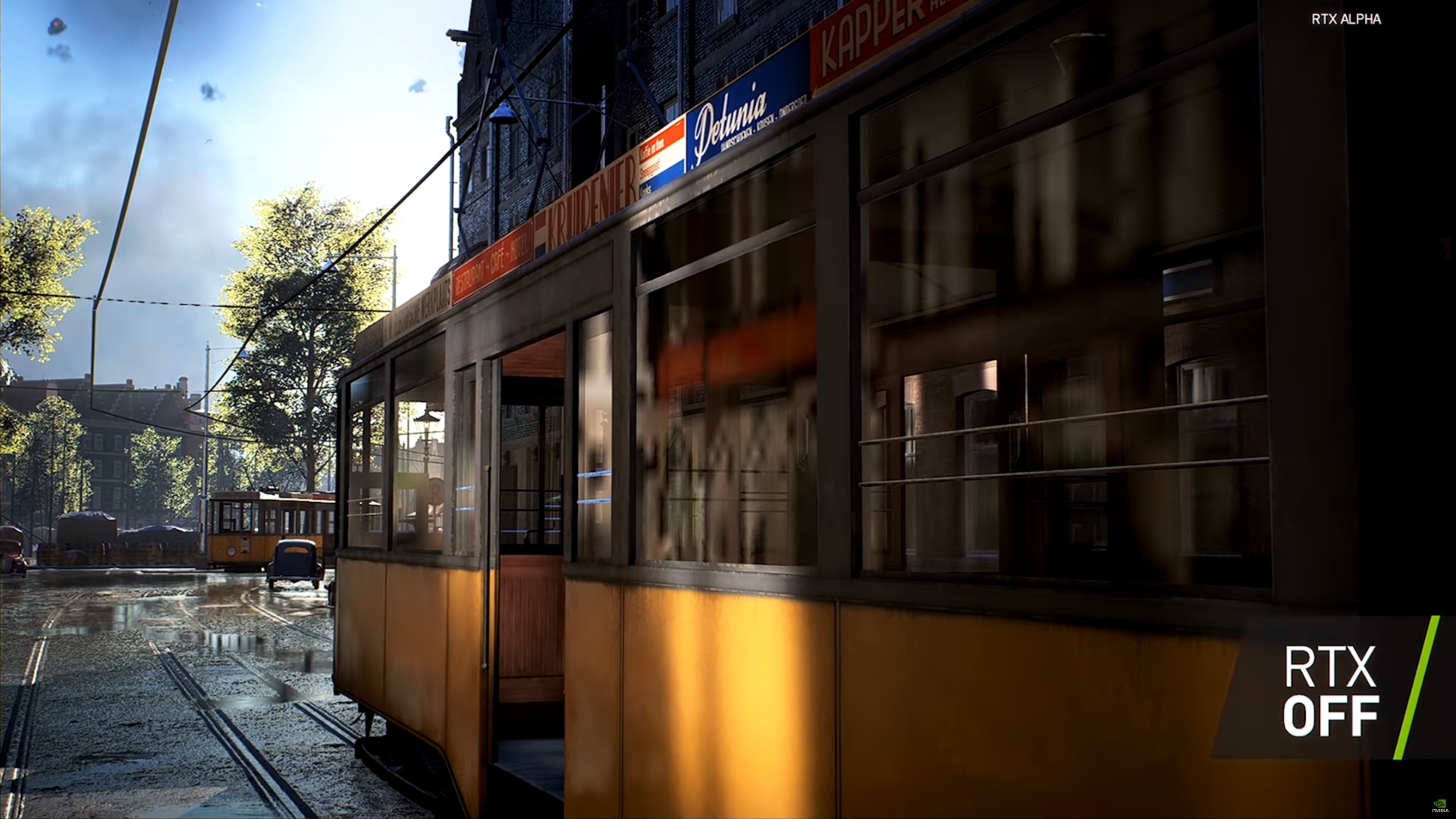
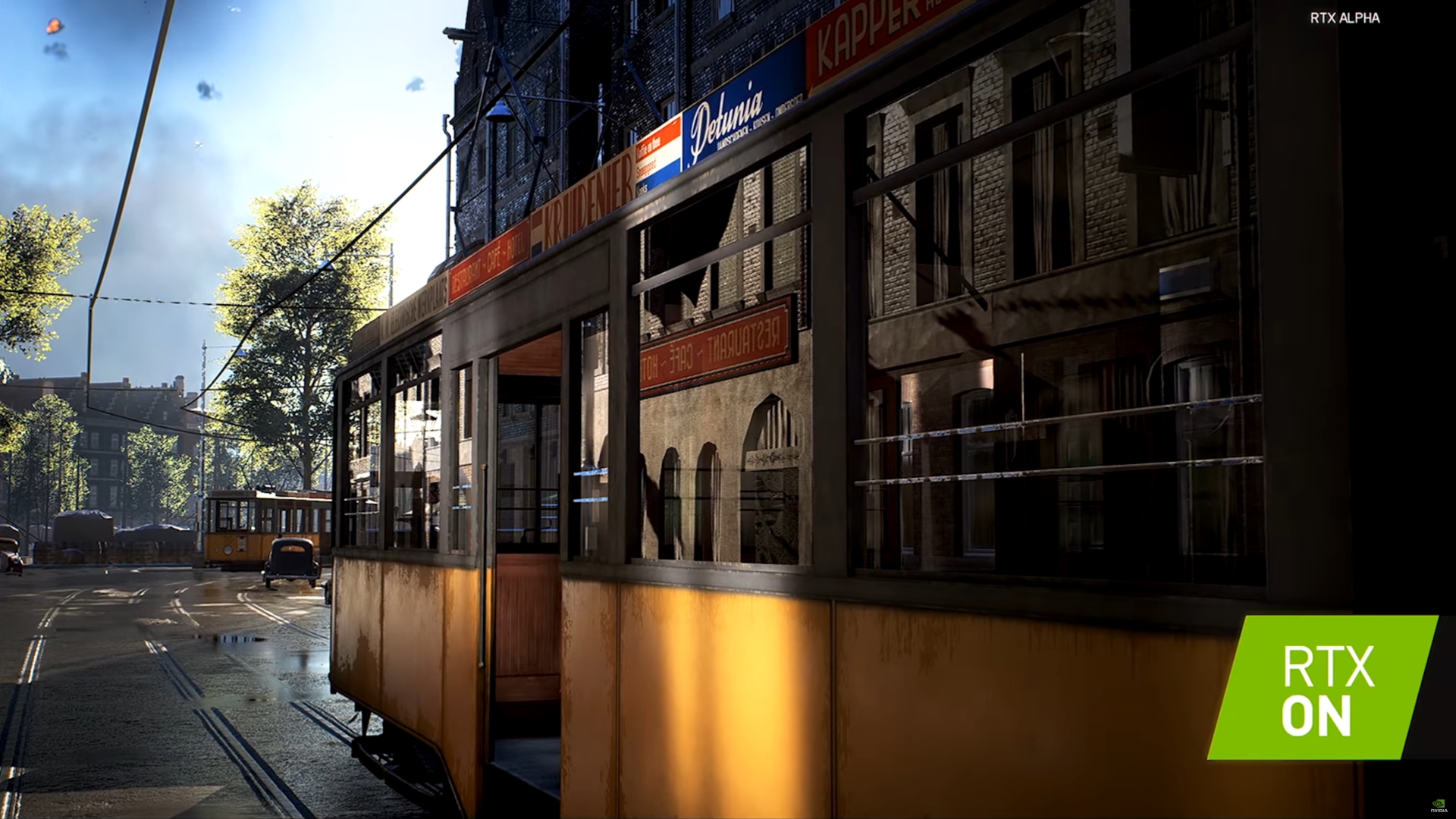
It has also made some slight compromises in some areas because of the drain on resources that ray tracing is. There is a particular building on the Rotterdam map, which almost looks like it was designed to show off the RTX effects. It’s a marble-walled, marble-floored building, with gold highlights and reflections all up in your grill.
“Those walls were reflected, so they were ray traced,” Holmquist explains, “so the entire scene got ray traced. And, on the GPUs we had, the performance went below 60fps so we adjusted the walls a little bit on that just to make sure. They didn’t provide any real quality to the level, they were just ray tracing for little effect.
“We were like, no, we need to maintain 60fps, we’ll fix that… Performance is always the top priority for us.”
But it’s not all been plain sailing. There have been a fair few challenges for the DICE dev team to surmount.
“There is a big amount of work to express the Frostbite rendering system in the world of ray tracing, all that had to be done,” says Holmquist. “Getting the material colour resolved, getting the ability to ray trace with the terrain – which has a very special way of rendering – character skin meshes, which are very different as well in the way the rendering pipeline works. So all these things took quite a lot of effort to get it to a point where it works consistently.”
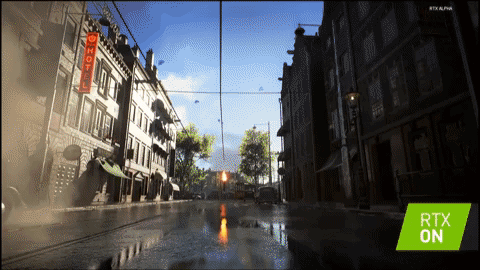
And to be able to run such an intensive game engine, with such a demanding new feature, has meant the hardware requirements outside of just the GPU have had to change.
“What we have done with our DXR implementation is we go very wide on a lot of cores to offload that work, so we’re likely going to require a higher minimum or recommended spec for producing RT. And very wide is the best way for the consumer in that regard, with a four-core or six-core machine.
“We haven’t communicated any of the specs yet so they might change, but I think that a six-core machine – it doesn’t have to be aggressively clocked – but 12 hardware threads is what we kind of designed it for. But it might also work well on a higher clocked eight thread machine.”
Given that you’re likely to need at least a $700 graphics card to get a decent ray traced experience, either at 1080p, or at the 1440p level Nvidia has teased, it’s not really that surprising that you’ll need a comparatively beefy CPU to keep up with it.
It may be demanding, and it may seem painful that you can’t run your brand new, super high-end new graphics feature at 4K – even with a $1,200 graphics card – but trust me, you’ve got to see it in action. The chances are that you might turn it off so that you can get your frame rate and resolution up in order to compete online, but you’re definitely going to miss those pretties when they’re gone, because now you’ll end up seeing every weird graphical artifact that ray tracing fixes. You may not have been bothered by them in the past, or even noticed them, but after playing a game with ray tracing, you won’t ever be able to unsee them.
Honestly, I’m a little worried that Battlefield 5’s ray tracing might have just ruined me.
